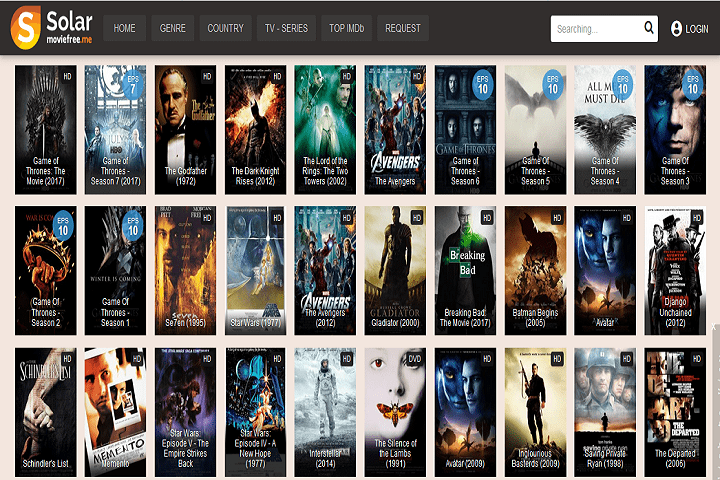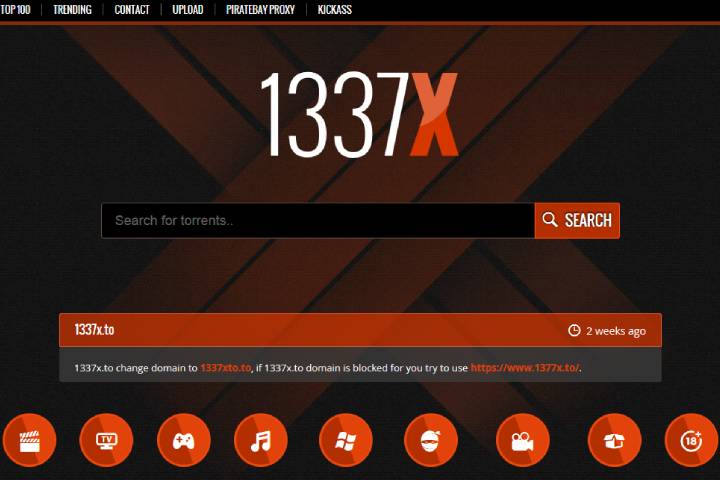Business
Is NZ Vulnerable To Cyber-Attacks? And What Does That Mean To You?
In 2019, hackers infiltrated Texas local body government computer systems. They seized control, blocked access to vital data, and demanded a huge ransom. Is NZ vulnerable to similar attacks?

In 2019, hackers infiltrated Texas’s local body government computer systems. They seized control, blocked access to vital data, and demanded a huge ransom. Is NZ vulnerable to similar attacks?
The Texas government learned from the $10 million Baltimore disaster and paid out the $2.5 million ransom demand quickly, regained control, and patched the leak. But they didn’t learn their lesson and in 2020 hacked again, using ransomware that invaded computers and encrypted files in the transportation department.
Closer to home, Australia has been facing increased cyber attacks from overseas. Malicious attacks from sophisticated entities targeted a range of Australian sectors, both private and government. This has resulted in increased controls and defenses against attackers.
1. Why worry about cyber-attacks?
Cyber attacks are dangerous in a range of ways:
- Release of private, personal, or confidential information. This is a risk for all organizations- businesses having customer details shared, or sensitive financial information. For governments, the risk of almost anything going public is enormous.
- I am holding computer systems hostage. This means no access to information, and the possibility of data being destroyed.
- Misuse of computer systems. This is hugely worrying; traffic light controls, operating power plants, and almost anything that can be controlled remotely can also be taken over and used maliciously.
- Loss of money. The goal for some hackers is income from extortion. Also, businesses may lose money- and trust- from their users.

These threats aren’t just from a hacker in a darkened bedroom somewhere either; business competitors, state threats, and organizations such as Anonymous all have various aims or goals. If you want to Protect from cyber-attacks use any of the antivirus software of these two Mcafee vs avast.
2. Does this matter to you?
As an individual, a business owner, or a citizen, this is a threat that you should be worried about. Not just for your data’s privacy, your business’s compliance with GRC and security, or to stay safe in an increasingly digital Tech world, but for the safety of your country.
While security affects your workplace, your ability to work securely from home, and the ramifications from that, there are also other much broader implications.
3. What is NZ doing about cybersecurity?
Eight years as Prime Minister, Sir John said his roles on the board of the cybersecurity company Palo Alto Networks & as the chairperson of ANZ Bank New Zealand, had given him insights into the escalating threats New Zealand businesses face.
“Individuals, companies, governments they play by the rules,” said Sir John, who spoke alongside Microsoft Managing Director, Vanessa Sorenson, at the launch of Umbrellar Connect.
Everyone, from individuals to the state, needs to keep their systems safe from cybercrime.
Individuals: Consider having a password system such as LastPass, which allows you to securely store passwords, create complex random passwords, and detect if passwords are too weak. This means your log-ins are far more secure and less likely to be hacked.
Have a tricky password for your Wi-Fi (not 12345678 or ‘password123’). Also, think about your IoT, and all digital-enabled items in your home need to be protected. A smart refrigerator was hacked in 2014 and used to send spam – all smart devices run this risk.

If you work from home and have secure access to your employer’s computer system, ensure you follow all best practices. Don’t log on in insecure connections, don’t share your password, and don’t leave your laptop unattended.
Businesses and governments: You need to invest time and money into your cybersecurity. Hire specialists that can help you pinpoint where your weaknesses are and then plug the gaps. As well as a robust system for passwords and staff, there are technical things to investigate, such as firewalls.
One of your most significant weaknesses is your staff- training them to identify cyber threats and manage them. McAfee estimates over 100 billion malicious scans each day and thousands of phishing and ransomware attacks. This is not IF, this is WHEN.
Regular system maintenance and keeping up to date with the latest threats are vital. Scammers and hackers move fast and will exploit all gaps in processes, software, and hardware. While hiring professionals to manage this may seem expensive, they will find security vulnerabilities.
The cost of not doing this should be losing everything.
Encrypting and backing up are excellent means of defense. Backing up, off-site, securely, is not just a must in case of physical disaster where your business cannot access the location, but also a safety net in case systems are hacked. If you have a backup of everything, hackers refusing to obtain your order are less catastrophic.
Also, encrypting information, running things through VPNs, and multiple security layers make a hacker’s job much more difficult.
If cyber threats aren’t taken seriously, there could be some extremely unpleasant and unexpected consequences. All online systems are vulnerable, and keeping them safe should be a priority for businesses, individuals, and governments.
Finally, listen to what others say. Zoom suffered an embarrassing and challenging setback when a social media influencer hacker found several weaknesses in their software and then Tweeted about it.
This spawned a string of security incidents with an in-demand service at the global pandemic height when more companies were moving their operations online. Governments have also been warned in the past about possible security flaws, only for further breaches to be made.
Think about it now, before it is too late. If you’re unsure, ask Garmin, which was hacked in July 2020, and resulted in global outages, runners, and cyclists who can’t track their training, and ongoing problems.
Business
Navigating the Process of Selling Deceased Estate Shares
This article aims to provide a comprehensive guide to selling shares from a deceased estate. Process of Selling Deceased Estate Shares.

Table of Contents
1. Understanding the Basics of Selling Deceased Estate Shares
Dealing with a deceased estate can be a challenging and emotional process, especially when it comes to handling financial assets like shares. This article aims to provide a comprehensive guide to selling shares from a deceased estate.
2. What are Deceased Estate Shares?
Deceased estate shares refer to the stocks and shares that were owned by an individual who has passed away. These shares become part of the deceased’s estate and are subject to the terms of their will or estate plan.
3. The Importance of Valuing the Shares
The first step in selling deceased estate shares is to obtain a current valuation. This valuation is crucial for several reasons: it helps in distributing the estate among beneficiaries, it may be necessary for tax purposes, and it gives an idea of the market value of the shares.
4. Legal Requirements and Executor Responsibilities
The executor of the estate plays a pivotal role in the management and distribution of the deceased’s assets. This section will cover the legal responsibilities and steps the executor needs to take to lawfully sell the shares.
5. Obtaining Probate
Before any action can be taken with the shares, it’s often necessary to obtain probate. Probate is a legal process that confirms the executor’s authority to deal with the deceased’s assets.
Transferring Shares into the Executor’s Name
Once probate is granted, shares may need to be transferred into the name of the executor. This process varies depending on the company and the type of shares.
6. The Process of Selling Shares
After completing legal formalities, the executor can proceed with selling the shares. This section will outline the steps involved in this process, including choosing a brokerage or financial service, understanding market conditions, and making informed decisions.
Deciding on the Right Time to Sell
Timing can significantly impact the returns from selling shares. Executors need to consider market conditions and financial advice to determine the best time to sell.
Completing the Sale
This subsection will detail the actual process of selling shares, including placing orders, handling transaction fees, and ensuring all regulatory requirements are met.

7. Navigating Tax Implications and Reporting
Managing tax obligations is a critical aspect of selling deceased estate shares. This section will explain the potential tax implications and the importance of accurate reporting for both capital gains tax and inheritance tax considerations.
Understanding Capital Gains Tax Responsibilities
When shares are sold, any profit made from the time of the deceased’s passing to the sale date may be subject to capital gains tax. Executors need to be aware of these implications and plan accordingly.
Inheritance Tax Considerations
In some jurisdictions, the value of the deceased estate’s shares might impact inheritance tax calculations. It’s essential for executors to understand these aspects in order to ensure compliance with tax laws.
8. Common Challenges and How to Overcome Them
Selling deceased estate shares can present unique challenges. This section will discuss common issues such as disputed wills, fragmented information about the shares, and market volatility.
Dealing with Disputed Wills and Beneficiary Disagreements
Disputes over the will or disagreements among beneficiaries can complicate the process. Executors must handle these situations delicately and legally.
Managing Market Volatility
Shares can be subject to market fluctuations. Executors should be prepared for this volatility and may need to consult financial advisors to navigate these waters effectively.
9. Tips for Executors Handling Deceased Estate Shares
This section will provide practical advice for executors, including the importance of seeking professional advice, keeping thorough records, and communicating clearly with beneficiaries.
Seeking Professional Financial and Legal Advice
The complexity of selling shares from a deceased estate often necessitates professional advice. This can range from legal counsel to financial advisory services.
Record Keeping and Communication with Beneficiaries
Maintaining transparent and thorough records is crucial. Executors should also prioritize clear and consistent communication with all beneficiaries to avoid misunderstandings.
Conclusion
Selling shares from a deceased estate is a responsibility that requires careful attention to legal, financial, and interpersonal dynamics. By understanding the process, staying informed about tax obligations, and tackling challenges head-on, executors can fulfill their duties effectively and respectfully.
-
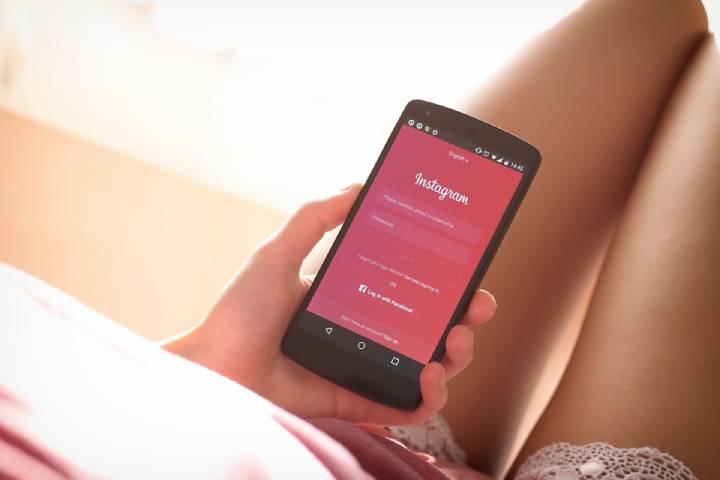
 Instagram4 years ago
Instagram4 years agoBuy IG likes and buy organic Instagram followers: where to buy them and how?
-
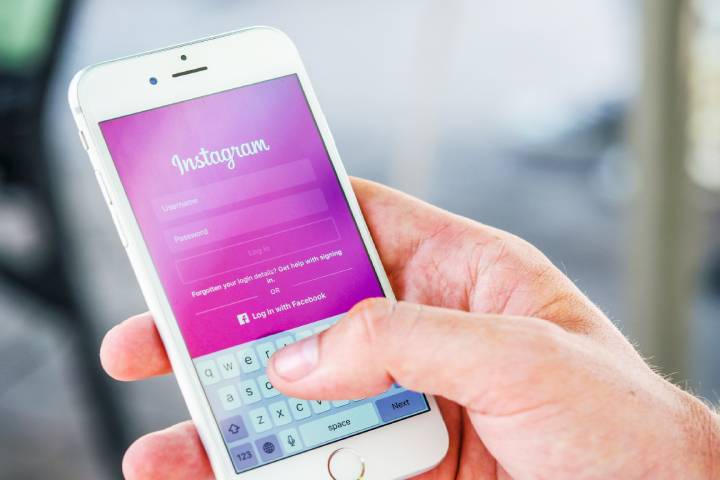
 Instagram4 years ago
Instagram4 years ago100% Genuine Instagram Followers & Likes with Guaranteed Tool
-
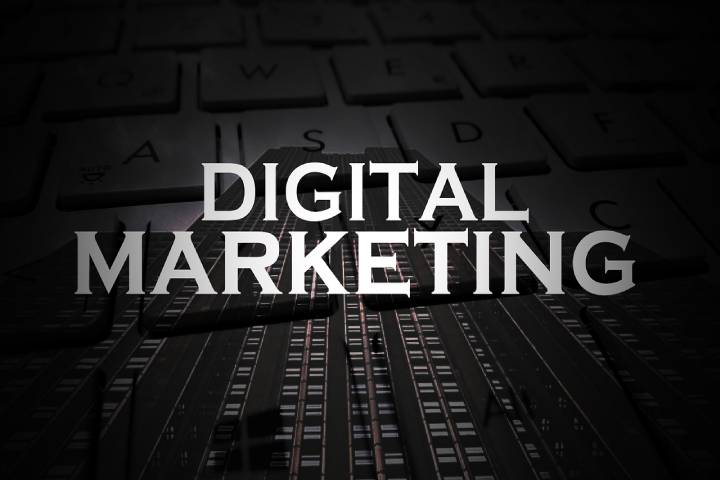
 Business5 years ago
Business5 years ago7 Must Have Digital Marketing Tools For Your Small Businesses
-
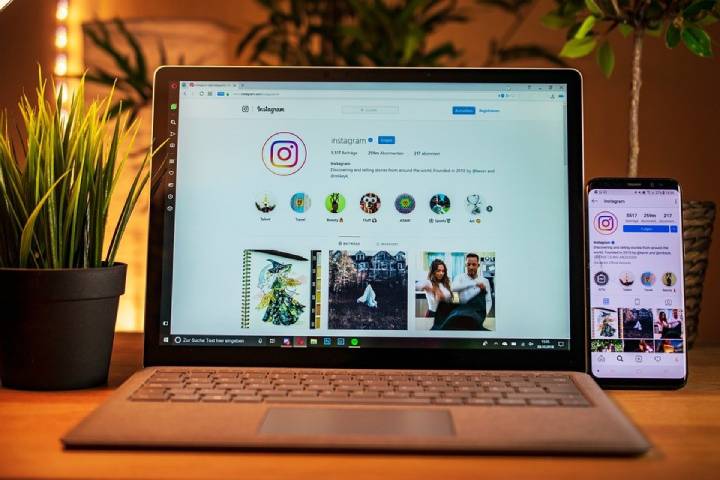
 Instagram4 years ago
Instagram4 years agoInstagram Followers And Likes – Online Social Media Platform












